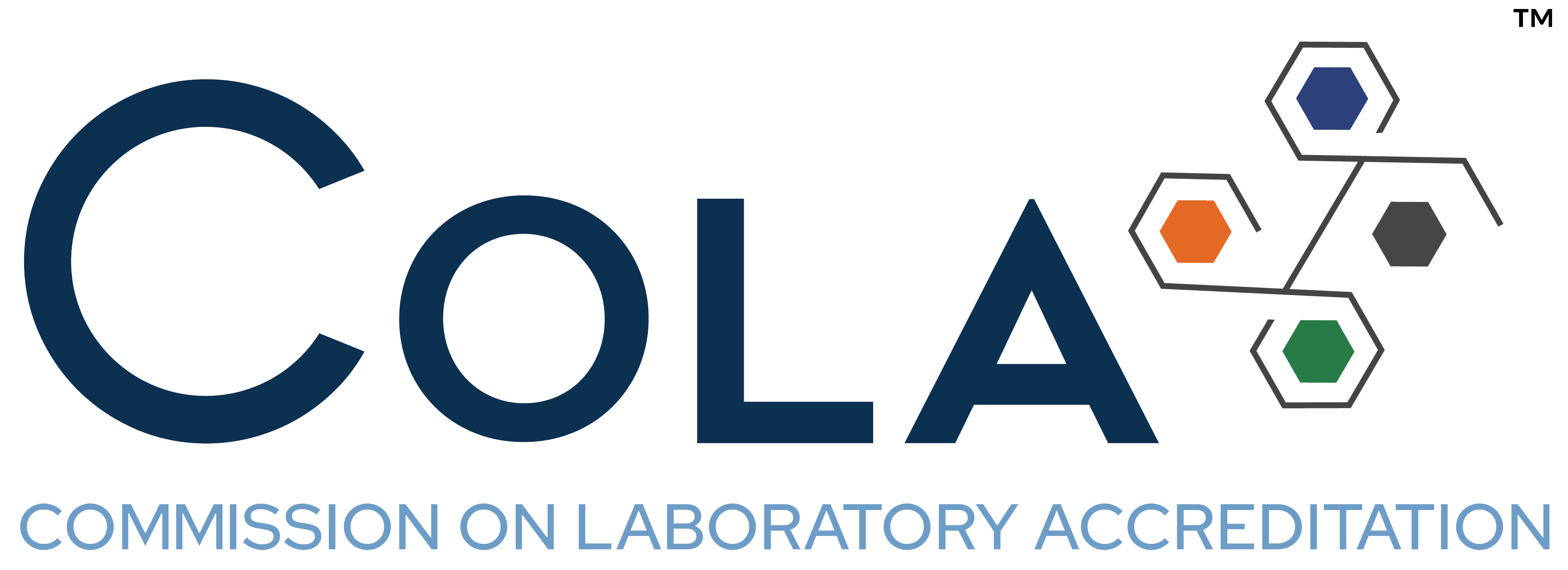Hello readers. In my last post, I shared my own experience of burnout. In today’s post, I would like to summarize the findings of the annual physician burnout report published by Medscape
The report contains both good news and bad news for the Pathology specialty. First, the good news: Pathology was the specialty second-least likely to report burnout (39%). Only the specialty of Public Health and Preventive Medicine had a lower reported rate (37%). The specialty reporting the highest rate of burnout was Emergency Medicine with 65%, followed by Internal Medicine (60%) and Pediatrics (59%). Data collected in previous years shows that Pathology tends to have lower-than-average rates of reported burnout. It appears that pathologists, on average, may fare better in terms of either avoiding or combating burnout when compared to their colleagues in other specialties.
The data reported by Medscape was similar to that of a survey conducted by the American Board of Pathology (ABP) prior to the COVID-19 pandemic
What is the bad news? The data from these reports indicate that almost four out of 10 pathologists reported feeling burnout in 2022, and that is a significant portion of the workforce. The top contributing factor behind their burnout was long hours of work (58%), followed by lack of autonomy or control (47%) and lack of peer respect (43%). Inadequate salary or compensation (40%) and too many administrative tasks (39%) were listed as number four and five, respectively. Overall for physicians in all specialties reporting burnout in the survey, the top three contributing factors included too many administrative tasks (61%), lack of respect from coworkers (38%) and long work hours (37%).
According to a report published in 2021, the majority (85%) of pathologists experiencing burnout reported that they felt that way even before the pandemic began
More than half of the pathologists cited exercise (54%) and spending time alone (51%) as the most commonly used coping mechanisms to reduce burnout. Other frequently used mechanisms include talking with family and close friends (48%) and getting more sleep (41%). Fortunately, a smaller percentage of pathologists resorted to eating junk food (28%), drinking alcohol (20%), binge eating (18%) or use of nicotine/cannabis products or prescription drugs (7%) as coping tactics. Less than half of the pathologists (16%) indicated that they have sought professional help to combat burnout, but 54% have considered it.
The data also reveals that burnout is more prevalent among female pathologists (43%) than male pathologists (36%). One possible explanation for this difference may be linked to gender-based microaggressions; however, the gap between genders is currently smaller than in previous years.
But burnout isn’t the only issue affecting pathologists. The survey also found that about one quarter of the pathologists surveyed reported feeling depressed, in similar proportion to non-pathologist physicians. Among the pathologists who were depressed, close to a third described their condition as clinical. These numbers have remained relatively stable in surveys over the past few years. Workplace burnout (53%) was named the top factor contributing to pathologists’ depression, followed closely by world events such as inequalities in the US and the world (49%).
Despite these alarming statistics, many pathologists reported that their depression did not negatively impact patient care. Approximately half of non-pathologist physicians reported that their feelings of depression did not affect their interactions with their patients.
Given these findings, it is obvious that burnout has become a pandemic among pathologists, and it is more important than ever to address this issue. With new challenges, such as workforce shortages and increased workloads, arising every day, it is more important than ever for healthcare organizations and pathologists themselves to act to reduce burnout.
In the next post, I will discuss strategies that individual pathologists and healthcare organizations can implement to help reduce burnout and improve the overall well-being of the pathologist workforce. By working together, we can help ensure that pathologists are able to continue providing high-quality care to their patients without sacrificing their own health and well-being.
Stay Informed!
Stay informed about the latest regulatory announcements, upcoming events, trending accreditation news and other laboratory topics.
[i] https://www.medscape.com/slideshow/2023-lifestyle-pathologist-6016088#1
[ii] https://www.medscape.com/slideshow/2023-lifestyle-burnout-6016058?faf=1#1
[iii] Cohen et al. Features of burnout amongst pathologists: A reassessment. Acad Pathol. 2022 Oct 7;9(1):100052.
[iv] https://www.medscape.com/slideshow/2021-lifestyle-pathologist-6013519

